
Fur Turban Of Southern Plains
/ | Leave a CommentThere are many old photographs of certain Omaha-Ponca Hethuska or Osage Inlonshka members wearing a turban of otter fur, or a turban of red fox fur. Dr. James Howard states, “The otterskin hat, rather than the war bonnet, was the ‘chief’s’ headdress, while a similar headdress of fox fur marked….
Read more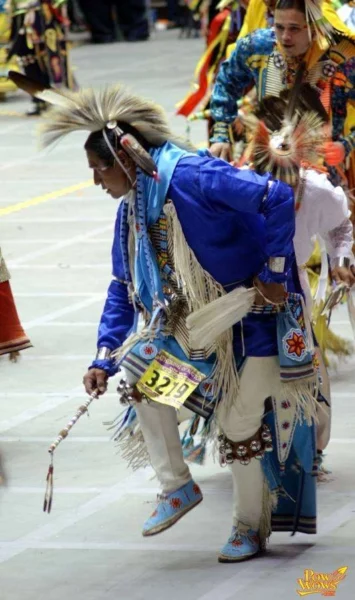
Ponca Hethuska Society
/ | Leave a CommentPonca Hethuska Society by Jonathan Holmes The following are some of the written and oral traditions that I have researched concerning the origins and history of the Ponca Hethuska Society. Since I recognize that there are some who may have information that is different in some way, I welcome and….
Read more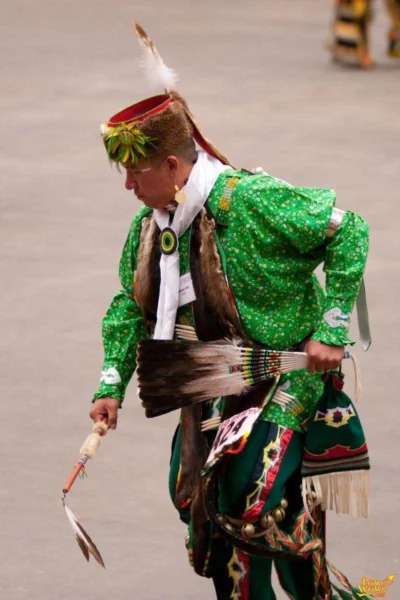
Tail Sticks and Tail Dancers
| 3 Comments on Tail Sticks and Tail DancersBefore the forced removal of the Ponca to Oklahoma Territory in 1877, appointed Tail Dancers among the Hethuska Society would carry the long-shafted, crook-ended Society Coup Sticks in battle and at Society Dance Ceremonies. When the Hethuska Society would go out as a group to fight their enemies, the two….
Read more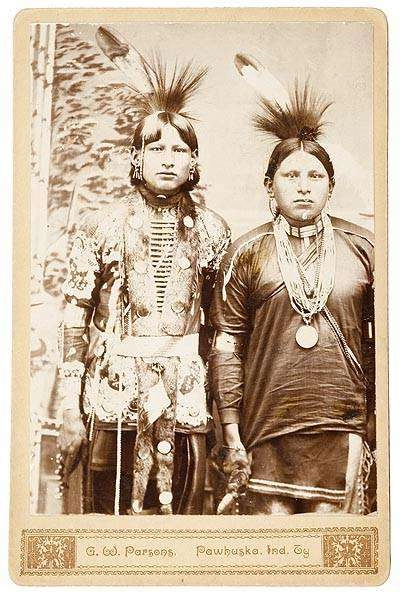
Straight Dance Ribbonshirts
/ | 4 Comments on Straight Dance RibbonshirtsUsually a loose fitting, wide-sleeved shirt is worn with straight dance clothes, although I’ve witnessed on more than one occasion, straight dancers in traditional Comanche style clothes, without a shirt. Derived from shirts worn by early Europeans in the early 19th century, Ponca, Omaha, Pawnee and Osage straight dancers would….
Read more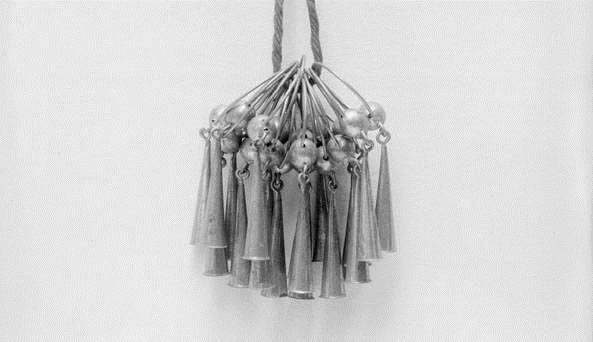
Native American Earrings
/ | 4 Comments on Native American EarringsIn early times both men and women of the Omaha/Ponca had their ears pierced for the first time at a very early age, usually about 3 or 4 years old, when they could walk on their own. Ear piercing was considered a “rite of passage” and the family of the….
Read more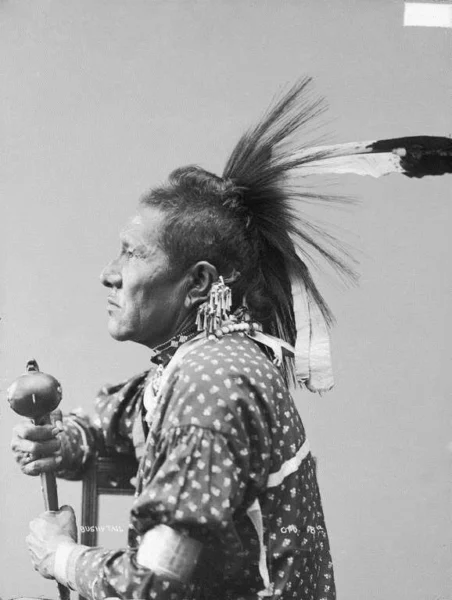
Roach Feather
/ | 9 Comments on Roach FeatherAttached in the socket-like cylinder of the roach spreader, a single golden eagle tail feather is often times referred to as the roach feather. For many dancers today, commercially available hand-painted imitation eagle feathers are used as the roach feather. The tail feather is attached in such a way as….
Read more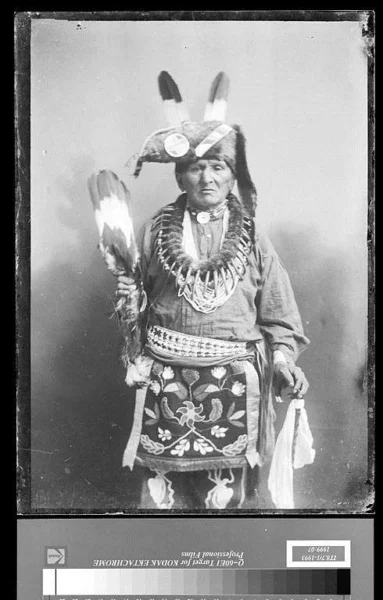
Tail Feather Fans
| 3 Comments on Tail Feather FansIn the late 1800s, Ponca, Omaha, and Osage, as well as straight dancers from other Southern Plains tribes, could be seen in old photos, (see examples below) carrying a feather fan made from the complete tail of a golden eagle, with the tanned body-skin and feathers, and the head, hanging….
Read more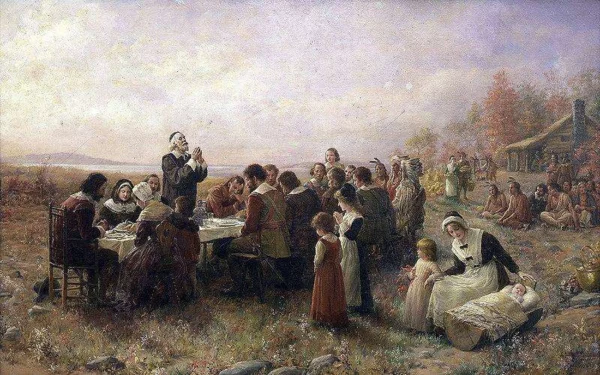
Thanksgiving: Fact or Fiction?
/ | 24 Comments on Thanksgiving: Fact or Fiction?In the minds of many Americans, when asked the question, “When was the United States first settled?” invariably the response will be, “In 1620 when the Pilgrims landed.” This so-called “origin myth” has frequently been termed “the story of the first Thanksgiving” in many children’s books about the subject…..
Read more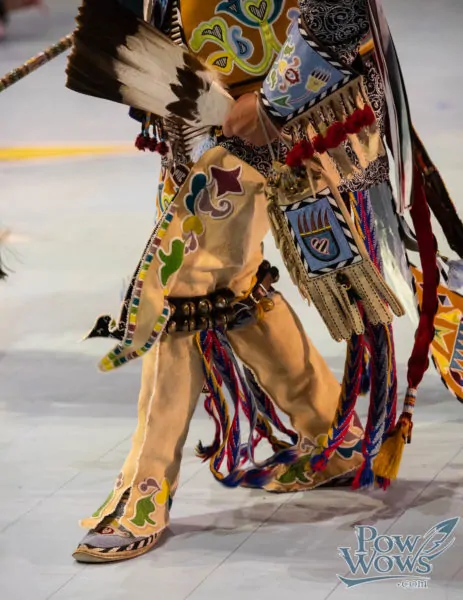
Whips and Whipmen
/ | 2 Comments on Whips and WhipmenAt many of today’s Northern and Southern Plains pow-wows and ceremonial dances, the male dancer with the title of Whipman plays an important role with a long tradition. In the Northern Plains, the Whipman is usually an exceptional dancer appointed to encourage dancers to get up and dance and acts….
Read more
A Brief History of the Ponca People
/ | 4 Comments on A Brief History of the Ponca PeopleTraditions common to the Ponca, Omaha, Kansas, Osage and Quapaw give evidence that they were once a people living as a single group in the Northern Kentucky, Southern Ohio and Southern Indiana area along the Ohio River, and may have their earliest roots in the middle Mississippian culture known to….
Read more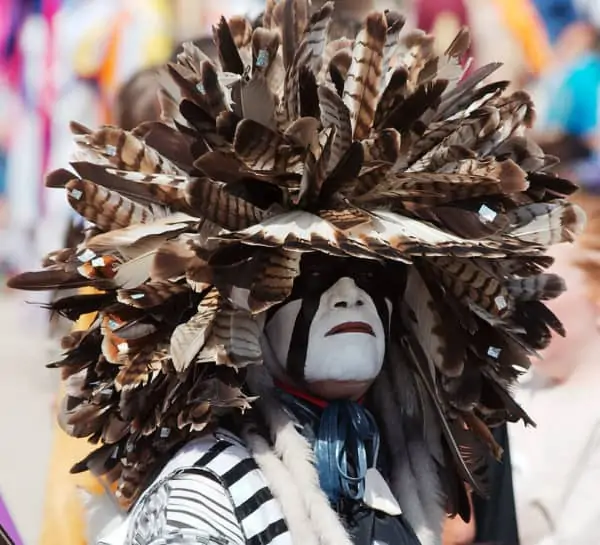
Native American Face Paint | War Face Paint
/ | 12 Comments on Native American Face Paint | War Face PaintWhile many of the traditions concerning Native American face paint been taught to me by Northern and Southern Tribal Elders, I prefer to maintain their privacy. Therefore, I have only used literary sources for references. For years I have heard different generations ask about the practice of face painting by….
Read more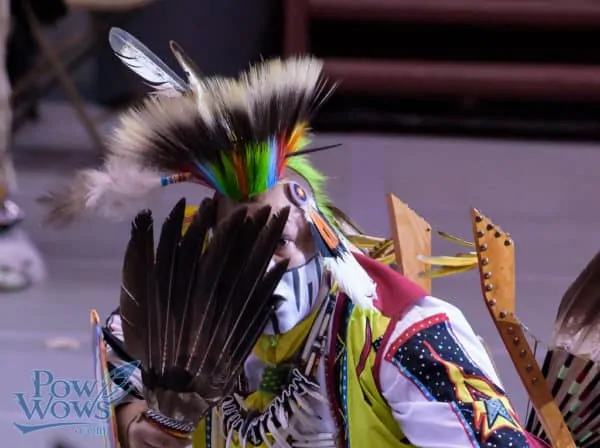
Lakota Sneak-Up Song and Dance
/ | Leave a CommentI’ve learned from a number of Lakota Elders that the original Hunka bloka olowan (“Honored Warrior Song”), later called the Sneak-Up Song around the time of the wild west shows, had to do with certain warriors who would sneak into the thick of a battle, at great personal danger, to….
Read moreFind a Pow Wow
Near you
Search the US & Canada